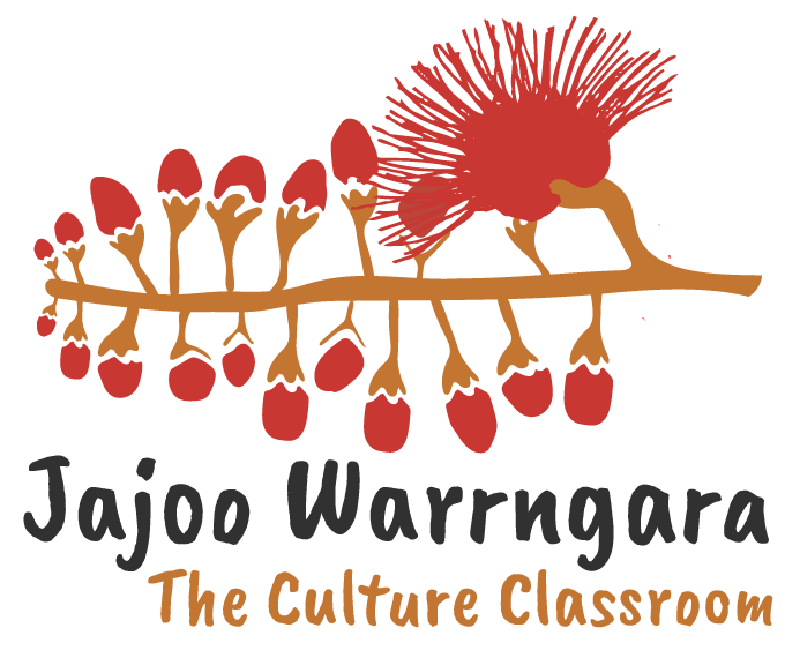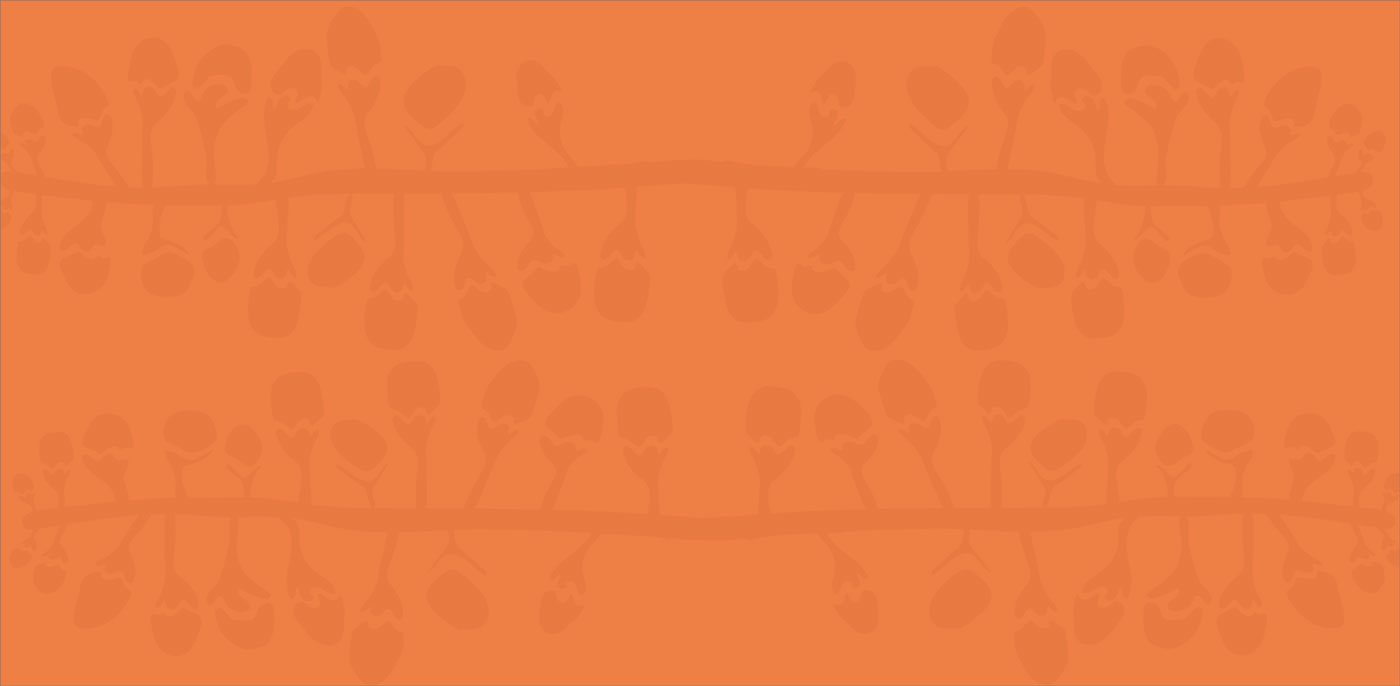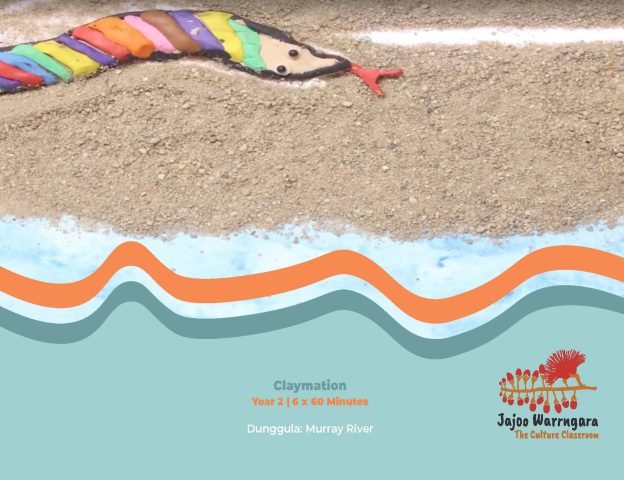Cross Curriculum Priorities
Aboriginal and Torres Strait Islander Histories and Cultures
A_TSICP1 First Nations communities of Australia maintain a deep connection to, and responsibility for, Country/Place and have holistic values and belief systems that are connected to the land, sea, sky and waterways.
A_TSIC1 First Nations Australian societies are diverse and have distinct cultural expressions such as language, customs and beliefs. As First Nations Peoples of Australia, they have the right to maintain, control, protect and develop their cultural expressions, while also maintaining the right to control, protect and develop culture as Indigenous Cultural and Intellectual Property.
A_TSIC2 First Nations Australians’ ways of life reflect unique ways of being, knowing, thinking and doing.
A_TSIC3 The First Peoples of Australia (Aboriginal Peoples) belong to the world’s oldest continuous cultures. First Nations Australians demonstrate resilience in the maintenance, practice and revitalisation of culture despite the many historic and enduring impacts of colonisation, and continue to celebrate and share the past, present and future manifestations of their cultures.
A_TSIP3 The significant and ongoing contributions of First Nations Australians and their histories and cultures are acknowledged locally, nationally and globally.
A_TSIP1 Australia has 2 distinct First Nations Peoples; each encompasses a diversity of nations across Australia. Aboriginal Peoples are the first peoples of Australia and have occupied the Australian continent for more than 60,000 years. Torres Strait Islander Peoples are the First Nations Peoples of the Torres Strait and have occupied the region for over 4,000.
Curriculum Links
AC9E2LA05 Navigate print and screen texts using chapters, tables of contents, indexes, side-bar menus, drop-down menus or links
AC9E2LA08 Understand that images add to or multiply the meanings of a text
AC9E2LE01 Discuss how characters and settings are connected in literature created by First Nations Australian, and wide-ranging Australian and world authors and illustrators
AC9E2LE02 Identify features of literary texts, such as characters and settings, and give reasons for personal preferences
AC9E2LE02 Identify features of literary texts, such as characters and settings, and give reasons for personal preferences
AC9E2LE05 Create and edit literary texts by adapting structures and language features of familiar literary texts through drawing, writing, performance and digital tools
AC9E2LY02 Use interaction skills when engaging with topics, actively listening to others, receiving instructions and extending own ideas, speaking appropriately, expressing and responding to opinions, making statements, and giving instructions
AC9E2LY03 Identify the purpose and audience of imaginative, informative and persuasive texts
AC9E2LY06 Create and edit short imaginative, informative and persuasive written and/or multimodal texts for familiar audiences, using text structure appropriate to purpose, simple and compound sentences, noun groups and verb groups, topic-specific vocabulary, simple punctuation and common 2-syllable words
AC9E2LY07 Create, rehearse and deliver short oral and/or multimodal presentations for familiar audiences and purposes, using text structure appropriate to purpose and topic-specific vocabulary, and varying tone, volume and pace
AC9E2LY09 Manipulate more complex sounds in spoken words and use knowledge of blending, segmenting, phoneme deletion and phoneme substitution to read and write words
AC9AMA2E02 Explore examples of media arts produced and/or distributed by First Nations Australians
AC9AMA2D01 Explore ways of using media technologies responsibly to capture and organise images, sounds, text and/or interactive elements
AC9AMA2C01 Use media languages and media technologies to construct representations
AC9AMA2P01 Share media arts works with audiences in informal settings
AC9AMA2C01 Use media languages and media technologies to construct Representations
AC9ADR2D01 Use the elements of drama and imagination in dramatic play and/or process drama
AC9ADR2C01 Create and co-create fictional situations based on imagination and/or
experience
Unit Content



